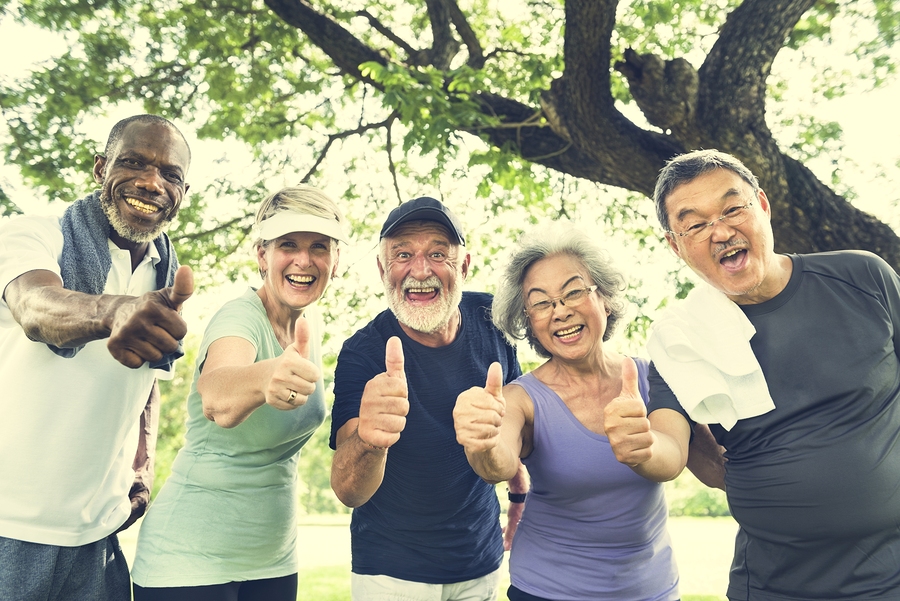When it becomes obvious to us that a loved one can’t get through a day without assistance, the logical next step is to begin looking into resources that can provide the added support they need. One of the first things a long-term care insurance company, home care company, adult day care center or assisted living facility will ask about is the person’s ability to perform ADLs. But what exactly are ADLs?
Every field has its jargon, and the long-term care industry is no exception. In the business of providing care, the phrase “activities of daily living” is used often, and there’s a good reason for this. Activities of daily living are basic self-care skills needed to properly care for oneself in the areas of eating, dressing, bathing, toileting, continence, and mobility. ADLs are one of the most important measurements used to determine the level of care an individual requires and what their care plan should entail.
To help us understand ADLs, I asked Aging Life Care Professional, Carmel Froemke, for some clarification. Carmel has spent 25 years providing direct care and program management for individuals with disabilities, specializing in mental health rehabilitation. Below, Carmel answers our questions regarding activities of daily living.
How Are ADLs Affected By Age and Health Conditions?
A decline in the ability to perform ADLs is often due to a medical condition or general weakness that has increased with age. Most family members pick up on a loved one’s decline through secondary signs of a problem, such as changes in their routines or appearance. These red flags typically indicate there is a more serious underlying issue that is interfering with their ability to perform self-care.
For instance, if the senior is wearing the same outfit each time you see them, it may be because they have lost the flexibility or dexterity needed to fasten zippers and buttons on other clothing items they own. Simply changing their clothing style to elastic waist pants, Velcro-closure shoes or front-closing shirts may solve the problem and allow for more independent dressing and increased clothing options.
Another common example is a significant change in personal hygiene practices. If a fear of falling in the shower or bath is the driving force behind their infrequent bathing, the solution could be as simple as implementing appropriate safety measures, such as grab bars, non-slip floor mats or a shower chair.


